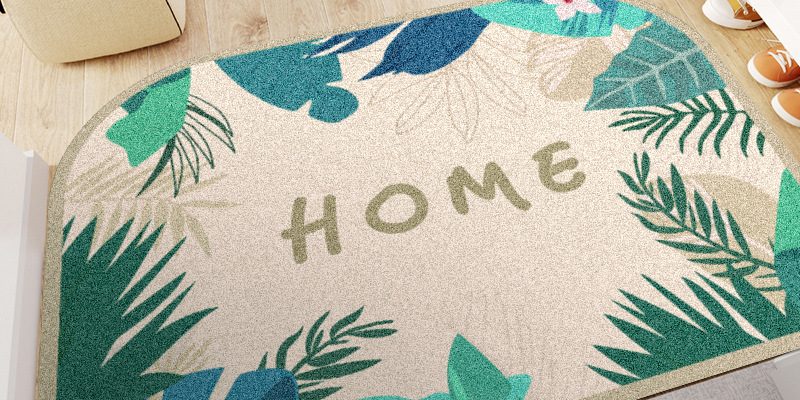Door mats have evolved from being purely functional to becoming design elements that reflect personal style and contribute to interior aesthetics. In this blog post, we explore the journey of door mats from basic utility to design statements that enhance the visual appeal of entryways.
Functional Beginnings: Early door mats were simple and utilitarian, primarily serving the purpose of trapping dirt and debris.
Material Diversity: Over time, door mats began to feature a variety of materials, colors, and textures, enabling homeowners to choose mats that align with their interior design.
Decorative Patterns: Door mats evolved to include decorative patterns, motifs, and colors that cater to different design preferences and complement existing décor.
Customization Options: Today, door mats can be personalized with family names, welcome messages, and custom designs, making them unique and reflective of individual style.
Seasonal Variations: Seasonal and holiday-themed door mats have become popular, allowing homeowners to update their entryways to match different occasions.
Interior and Exterior Coordination: Coordinating door mats for interior and exterior spaces creates a cohesive look and enhances the overall visual appeal of the home.
Application Tips: When selecting design-oriented door mats, consider colors and patterns that resonate with your interior theme. Regular cleaning and rotation of door mats maintain their appearance.
In summary, door mats have evolved from humble beginnings to become design elements that contribute to a cohesive and visually appealing home environment. Their ability to combine functionality with aesthetics highlights their importance in both style and practicality.












